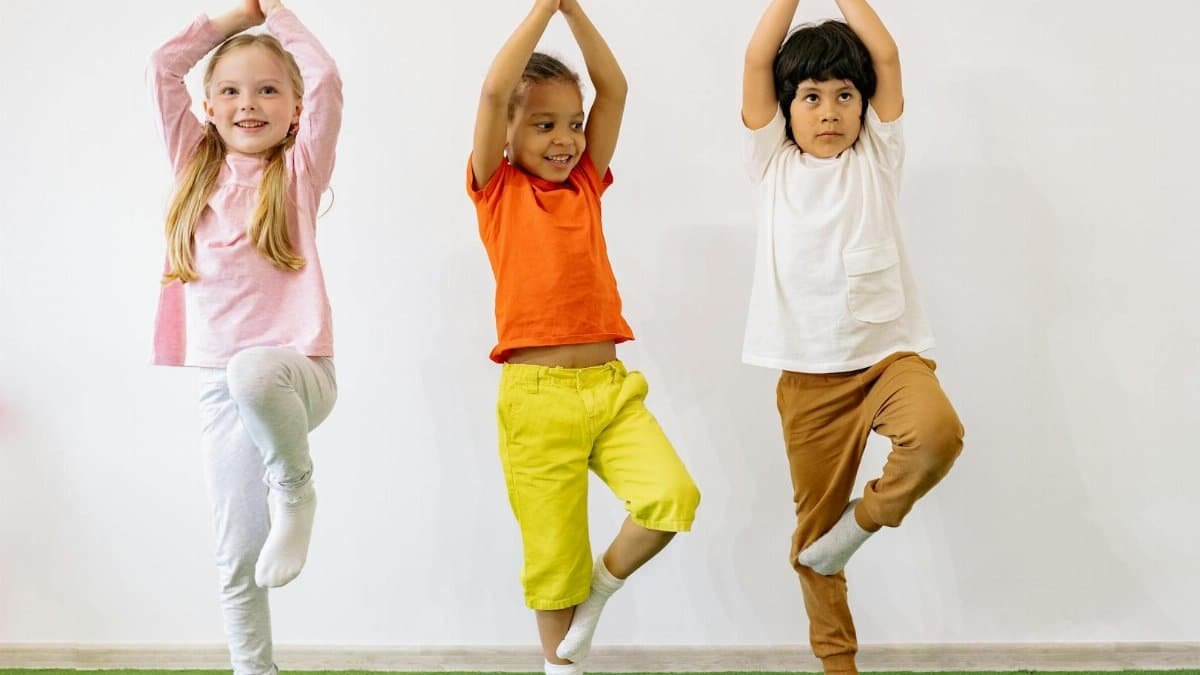A recent survey from the Pew Research Center found that nearly 40% of Americans now incorporate some form of consciousness practices into their daily routines, up from just 25% a decade ago, as people seek ways to combat stress and find deeper fulfillment. This surge reflects a broader cultural shift toward mindfulness and self-awareness, especially among middle-aged adults juggling careers, families, and the relentless pace of modern life. But what if these practices could specifically target joy, that elusive state of genuine happiness? Consciousness practices, often rooted in ancient traditions yet adapted for today’s world, offer tools to cultivate inner delight. From simple breathing exercises to reflective journaling, they promise not just calm, but a real lift in mood. As we navigate 2025’s uncertainties, exploring these six approaches might just unlock a brighter outlook.
1. Mindful Breathing for Inner Calm

Start with the breath. It’s the most accessible entry point into consciousness practices, requiring no special tools or settings. Imagine a busy parent in a bustling Chicago suburb, pausing amid the chaos of dinner prep to focus on inhaling deeply, feeling the air fill their lungs. This simple act grounds them, shifting attention from external noise to internal rhythm.
Research supports this. A study published in the Journal of the American Medical Association showed that regular mindful breathing reduces anxiety by up to 30%, paving the way for joy to emerge. Participants reported feeling lighter, as if shedding invisible weights. It’s not magic; it’s neuroscience at work, activating the parasympathetic nervous system to foster relaxation.
Yet, it’s not always straightforward. Some find their minds wandering to to-do lists, a common hurdle. That’s okay. The practice builds over time, like strengthening a muscle. One anonymous account shared online described it as “rediscovering a forgotten friend,” highlighting how persistence turns frustration into freedom. In 2025, with apps and virtual classes abound, integrating this into mornings or commutes can transform routine days into moments of quiet delight.
To try it, sit comfortably and count breaths: inhale for four, hold for four, exhale for four. Repeat for five minutes. Over weeks, joy bubbles up naturally, unforced.
2. Gratitude Journaling to Shift Perspectives

“Every night, I jot down three things I’m thankful for,” a teacher from Austin confided during a community wellness workshop. Her story illustrates how gratitude journaling, a cornerstone of consciousness practices, reframes daily experiences. What begins as a list of basics—coffee, a kind word—evolves into profound appreciation, fueling joy.
This isn’t mere positivity fluff. Evidence from Harvard Health Publishing links consistent gratitude to improved emotional well-being, with practitioners experiencing higher levels of happiness. The act rewires the brain, emphasizing abundance over scarcity. In a fast-paced era, where social media amplifies comparisons, this practice counters negativity bias effectively.
Challenges arise, though. On tough days, forcing thanks feels inauthentic. Here, nuance matters: acknowledge the struggle first, then pivot. It’s about balance, not denial. Varying entries—sometimes poetic, others bullet-pointed—keeps it fresh. As U.S. trends in 2025 show rising interest in mental health tools, this practice stands out for its simplicity and impact, often leading to unexpected smiles amid routine.
Begin small: dedicate a notebook and reflect before bed. Over time, joy accumulates, like interest in a savings account.
3. Loving-Kindness Meditation That Lifts Mood

Dive into loving-kindness meditation, often called metta, which stands out for its direct mood-elevating effects. Picture a group in a New York City park, eyes closed, silently wishing well-being to themselves and others. This practice, drawn from Buddhist traditions, builds compassion and, crucially, joy.
A landmark study from the National Institutes of Health, detailed in their mindfulness research archives, found that metta meditation increases positive emotions by fostering empathy and reducing self-criticism. Participants noted a tangible mood lift, with joy emerging as a byproduct of softened inner dialogue. It’s particularly potent in 2025, amid societal divisions, offering a bridge to connection.
Not everyone clicks with it immediately. The repetition of phrases like “May I be happy” can feel awkward at first. Yet, persistence pays off. One person’s shared experience, anonymized from public reflections, described it as “a warm light chasing away shadows,” capturing the gradual brightening of outlook. To adapt, start with five minutes, extending goodwill to loved ones, then strangers, even difficult people.
This third practice shines for its accessibility. No prior experience needed; just intention. In weaving kindness into consciousness, it doesn’t just lift mood—it sustains it through life’s ups and downs.
4. Nature Immersion for Renewed Wonder

Step outside. Nature immersion invites a sensory reset, a vital consciousness practice that rekindles joy through awe. Consider hikers in California’s redwood forests, marveling at towering trees, their worries dissolving in the vastness. This connection to the environment sparks childlike wonder, often lost in adulthood.
Backing this, a report from the Yale School of the Environment highlights how time in nature boosts endorphins, enhancing mood and creativity. Americans, increasingly urban, benefit immensely; even park walks suffice. In 2025, with climate awareness peaking, this practice doubles as mindful stewardship.
Obstacles include weather or accessibility, but adaptations like window gazing or plant tending work wonders. It fosters gratitude for the world’s beauty, turning ordinary outings into joyful adventures. Reflect on sensations: the rustle of leaves, the earth’s scent. Over time, this immersion deepens presence, making joy a frequent visitor rather than a rare guest.
Schedule weekly sessions. Let nature’s rhythm guide you, revealing joy in unexpected places.
5. Body Scan Awareness to Release Tension

What if joy hid in your toes? Body scan meditation, a tactile consciousness practice, uncovers it by methodically noticing physical sensations. A office worker in Seattle might lie down after a long day, scanning from head to feet, releasing pent-up stress. This awareness dissolves barriers to happiness.
Studies from the University of Wisconsin-Madison’s Center for Healthy Minds confirm that body scans reduce cortisol levels, promoting relaxation and subsequent joy. It’s grounded, appealing to skeptics wary of more abstract methods.
Tensions surface here too—restless minds or discomfort during scans. Embrace them as part of the process. Vary sessions: guided audio one day, silent the next. As midlife stresses mount in 2025, this practice offers a practical antidote, often leading to spontaneous laughter at newfound ease.
Practice lying down or seated. Move attention slowly; breathe into tight spots. Joy emerges as freedom from bodily burdens.
6. Creative Expression as Joyful Outlet

End with flair. Creative expression—doodling, dancing, writing—serves as a playful consciousness practice, channeling inner joy outward. Envision a retiree in Florida picking up paints after years, colors flowing freely, evoking forgotten delight. It’s liberation through creation.
Research from the American Psychological Association underscores how creative activities enhance well-being, fostering flow states where joy thrives. In a digital age, this analog pursuit reconnects us to ourselves.
Doubts creep in: “I’m not artistic.” But it’s about process, not product. Start imperfectly; let judgment fade. Online, folks share tales of rediscovering passion, like one who said it felt “like unlocking a hidden room of happiness.” In 2025’s innovative landscape, blending this with tech—digital art apps—expands reach.
Dedicate time weekly. Experiment freely. Watch joy unfold, not as a goal, but as a natural bloom from authentic expression.
These six consciousness practices weave together to cultivate joy, each building on the last. From breath to creation, they invite a fuller life. As trends evolve, embracing them could redefine well-being for many.Pew Research Center Survey on Spiritual PracticesJournal of the American Medical Association Study on MindfulnessHarvard Health Publishing on GratitudeNational Institutes of Health Mindfulness ResearchYale School of the Environment Report on Nature BenefitsUniversity of Wisconsin-Madison Center for Healthy MindsAmerican Psychological Association on Creativity and Well-Being
